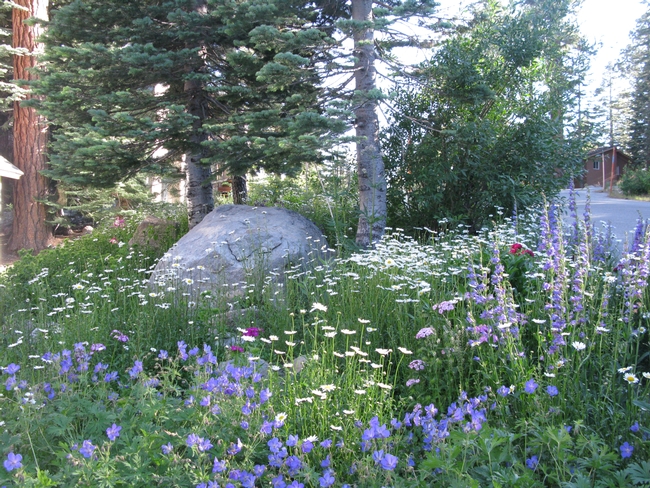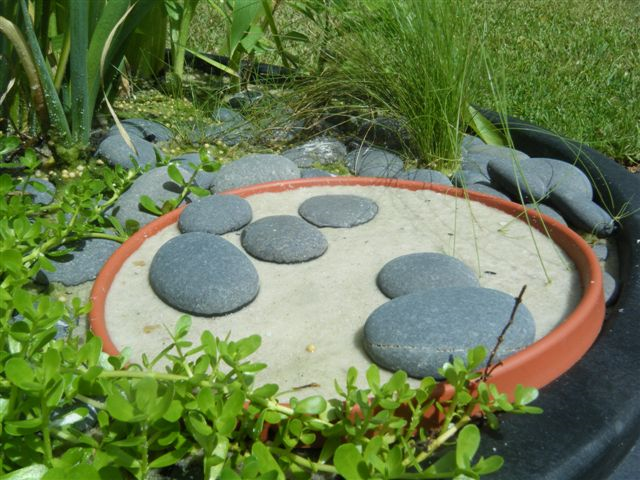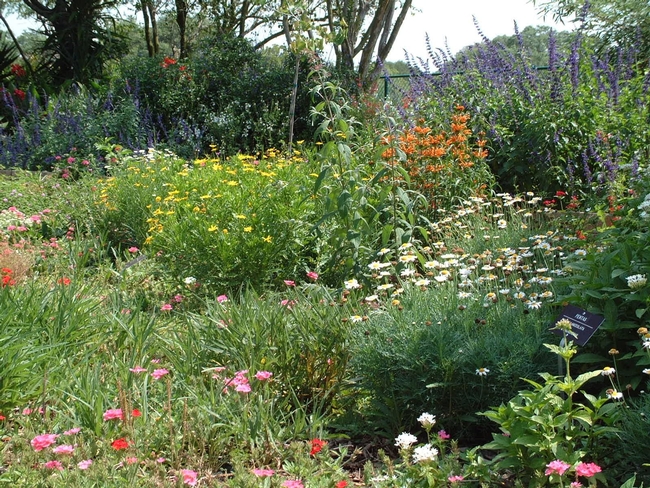National Pollinator Week is June 18 to 24,, 2018.
What better way to celebrate and support the importance of pollinators than to plant a pollinator garden? Even a few plants can help support pollinators such as butterflies, beetles, and bees.
Butterflies and other pollinators are very sensitive to pesticides so avoid using them in your garden. Insecticides kill insects, so if you want butterflies, don't use insecticides. If you do feel you have to use an insecticide, even an organic one, always use minimally. Do not apply when butterflies, bees or other pollinators are active and do not apply to open flowers.
To attract butterflies, provide good food, water and shelter all from a butterfly's point of view. Here are some tips to encourage butterflies to visit your garden.
Minimize pesticide use. Encouraging natural pest predators and using other alternative controls will make your garden safer for butterflies and their caterpillars.
Pick a sunny site. Butterflies generally feed in sunny locations. Choose a place in the garden that receives about six hours of sun each day. Gravel walkways and rocks for basking are good places to watch for butterflies warming up.

Plan the layout of your plants. Plant in groups of the same flowers rather than individual plants of the same kind scattered in the garden. This works because butterflies are near sighted and masses of flowers two or three feet across attract butterflies from a distance. Choosing plants of different heights adds interest to the garden and helps attract more pollinators.
Add native plants to your garden. Many native plants have good sources of nectar, and also are host plants that butterflies seek out to lay eggs. Research has shown that local native pollinators prefer local native plants. Please remember not to cut your garden back severely in the fall or you may lose overwintering eggs for the next season.

Provide shelter. On a rainy day or in high winds, butterflies wait out the bad weather on the undersides of leaves, in trees, shrubs, or vines. They also take butterfly breaks during their day; provide them places to hide with a combination of sites to roost and shelter.
For inspiration and information our local chapter of California Native Plant Society has created excellent resources for anyone to use. They have posted photos and lists of native plants with information, including a new two page Native Landscape Planting Guide. There is information on pollinators, water use, color descriptions and more.
Please remember it is both illegal and destructive to remove plants and flowers from their natural habitats but our local CNPS chapter has a plant sale every year and lots of great information on their website. Also, many nurseries are now carrying more native plants, be sure to ask.
References and further information:
CNPS Bristlecone chapter http://bristleconecnps.org
California Native Plant Society plant information www.Calscape.org
Art Shapiro's Butterfly Site http://butterfly.ucdavis.edu
Pollinator.org http://pollinator.org
National Wildlife Federation https://www.nwf.org
Xerces Society https://xerces.org/pollinator-conservation/plant-lists/pollinator-plants-california/
